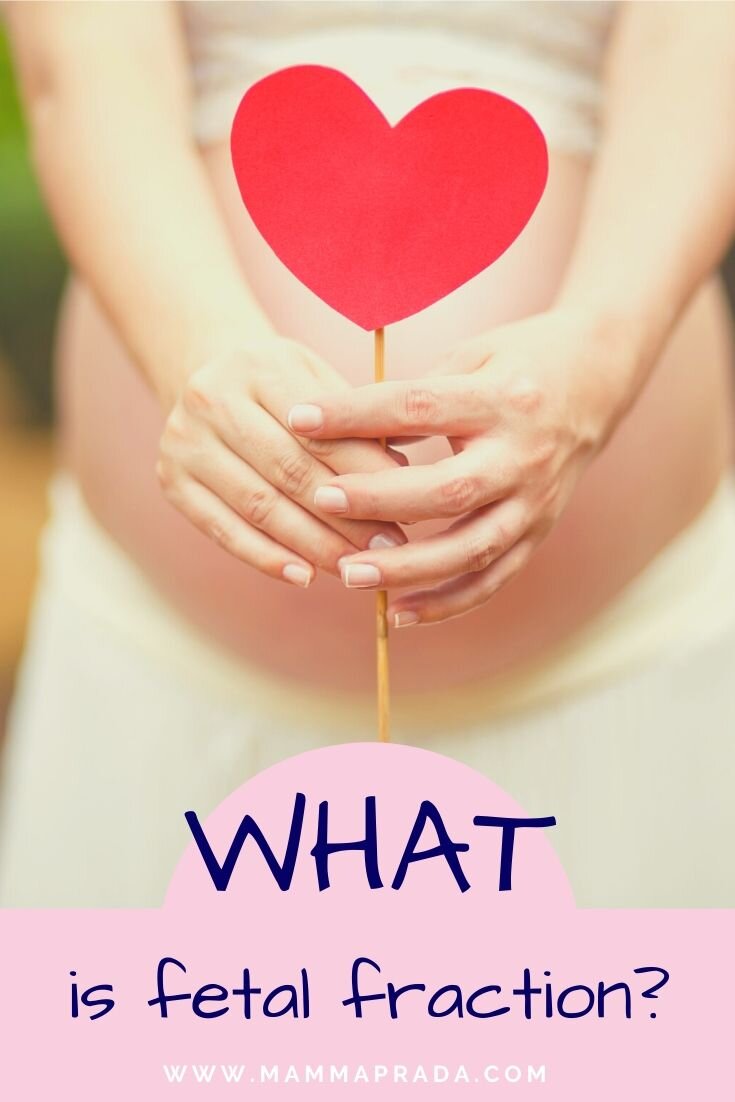What is 'Fetal Fraction' and What Does it Mean for Your Non-Invasive Prenatal Testing Results?
/Before our daughter was born we had our standard health service prenatal tests. These showed I was at higher risk for some abnormalities. Due to this my husband and I decided to have non-invasive prenatal tests privately. This was to give us some peace of mind and get a fuller picture of potential issues. From our experience we completely understand why you may be thinking the same or similarly to us. So if you are hoping to get some answers to what all this means, read on.
Non-invasive prenatal testing (NIPT) is a screening test used to detect the risk that a fetus will be born with certain genetic conditions. It can be performed as early as 10 weeks in pregnancy and only requires a blood sample from the mother. NIPT analyzes small pieces of DNA, called cell-free DNA (cfDNA), found in the mother’s bloodstream.
To know whether NIPT may already be facilitated, determine first the gestational age of the fetus. The gestational age is the period from conception to birth. A due date calculator may help determine if the fetus is at least 10 weeks before undergoing the NIPT.
Me holidng my daughter.
What is Cell-Free Fetal DNA?
Most DNA in the body is found inside cells in a part called the nucleus. Cell-free DNA is DNA that is not found inside a cell and is floating freely in the blood. Cell-free DNA (cfDNA) is released into the bloodstream when cells die and break apart, as part of their life cycle.
During pregnancy, the mother has cfDNA belonging to cells found in the placenta circulating through her bloodstream. The cfDNA from the placental cells is identical to the fetus’ DNA.
What is Fetal Fraction?
Fetal fraction is the term given to the proportion of cfDNA belonging to the placenta found in the mother’s blood. In order to perform NIPT, there must be a minimum level of fetal fraction (a minimum amount of placental cfDNA).
How Does Fetal Fraction Affect NIPT Results?
In order to analyze the placental cfDNA, there must be at least four percent fetal fraction. The average woman will have between 10 and 15 percent fetal fraction between 10 and 20 weeks gestation. Fetal fraction measuring less than three to four percent is considered unsuitable to obtain accurate test results.
What Determines Fetal Fraction?
Fetal fraction varies for each woman and is determined by multiple factors, including:
Weight: Women who are overweight or obese have lower fetal fraction
Gestation: Fetal fraction is at its highest between 10 and 21 weeks gestation
Chromosomal abnormalities in the fetus: For example, maternal blood tends to have a higher than average fetal fraction when the fetus has trisomy 21, also called Down syndrome.
Whether the pregnancy is considered a singleton (one fetus) or a twin (two fetuses): Fetal fraction has been shown to increase by 1.6 fold for twin fetus pregnancies compared to singleton pregnancies.
What if my NIPT Results Indicate Low Fetal Fraction?
If your NIPT results indicate that there was a low fetal fraction, this does not mean that there is a health concern for the fetus. A low fetal fraction measurement in NIPT testing simply means that there was not enough placental cfDNA to obtain accurate results. In this case, your doctor may recommend that you repeat the test a little later on in your pregnancy when fetal fraction is more likely to be higher. If you receive a low fetal fraction measurement in your second blood draw, your doctor may recommend alternative methods of prenatal screening.
Have Questions About NIPT and Fetal Fraction?
If you have questions regarding fetal fraction and how it affects NIPT screening, consider speaking with a genetic counselor. In general, anyone considering prenatal screening should consider working with a genetic counselor. Genetic counselors are medical professionals who have completed specialty training in medical genetics and counseling. A prenatal and preconception genetic counselor assists expecting mothers and couples through the process of prenatal screening and prenatal diagnostic testing. They support their patients by interpreting genetic testing results, providing information on testing options, and emotionally supporting patients undergoing the prenatal genetic testing process.
SOURCES:
*Please consult a licensed medical practitioner before choosing any medication or health plan.
Disclosure: **This featured post was made possible by our site supporters **

























